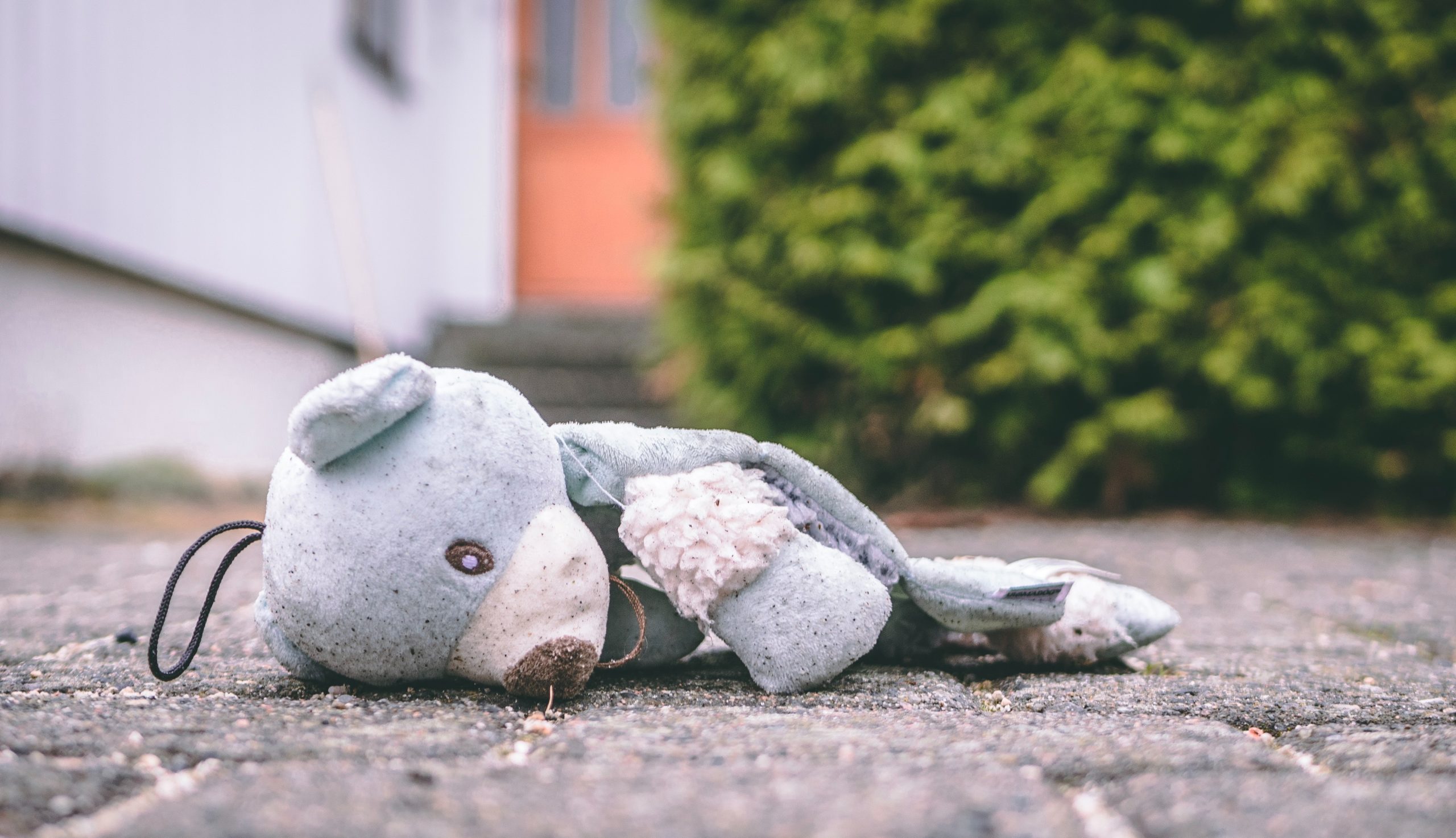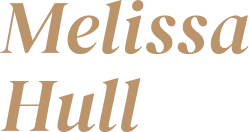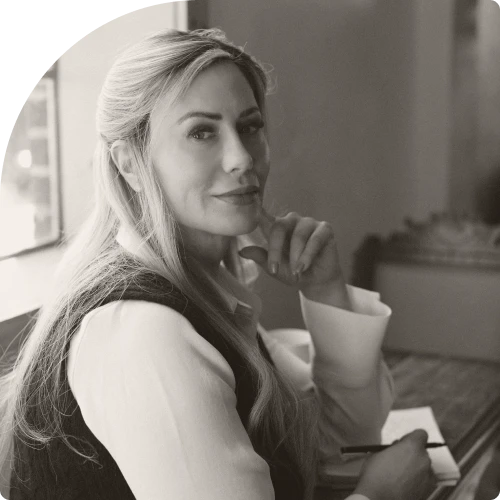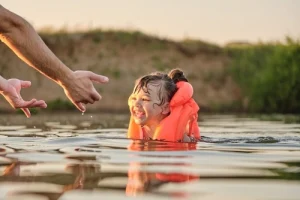Feeling hopeless? Sometimes the greatest form of hope is found in another’s story. Here’s how I healed through the connection of shared stories, and you can, too.
The weeks after Drew passed were the hardest days of my life. I was planning a funeral and burying my son, and I remember feeling this immense heaviness, this fog, that carried me through all of it.
For the first 10 days, there were so many people around me, and so many things to decide, that I didn’t really have time to think about what was next. Family came into town, and I was being asked about flower arrangements and music and all these details I just wasn’t able to mentally deal with. I just kept thinking: I don’t want flowers. I don’t want to pick out a casket. I just want my son back.

You see, when the pain is that immense, you’ll do anything to lighten it–even ask for the impossible. The thought of having to live with that kind of devastation is so unimaginable that you simply don’t want to do it. More importantly, I didn’t think I could. Even the thought of healing seemed absurd–it seemed laughable. I was struggling just to pull myself out of bed. I didn’t care if I ate. I didn’t care if I slept or showered. The only reason I could do anything at all was my 3-year-old son, Devin. But it seemed like even breathing took more effort than I had left in me. I felt broken beyond repair, and I had no idea how to fix it. But for Devin, I started to try.
Searching for Connection
When the thought of escaping this pain forever became what I focused on most, I knew I had to seek help. I looked for professional help by talking to therapists. I asked for religious counsel from my pastor. I reached out to friends who I knew had strong spiritual relationships. For about 6 weeks, I desperately searched for that sense of connection and comfort you feel when someone finally understands your pain. But I never found it.

But Teresa didn’t stop her story there. Instead of focusing on the pain or the blame or the
devastation, she shared a future that, until that point, I wasn’t sure was still possible for me. She
told me it was absolutely possible to find joy and fulfillment after the loss of a child.
In order to do that, however, she asked me to be kind to myself, to understand that we all make
choices in a moment that lead to unintended, life-altering consequences. But that doesn’t mean the outcome is something we chose. She never would have chosen to put her daughter in harm’s way, and she knew I wouldn’t have either. We did not choose harm for our children, but in order to heal from their loss, we would have to choose joy and happiness again. She continued to say that, while it took time and incredible dedication, she was living a life of real happiness and joy. She took the memory of her daughter and brought it forward into everything she does today. Instead of feeling the intensity of her loss, Teresa wrote that she now feels the gratitude of her daughter’s life.
She had found peace–something I truly didn’t believe was possible until I picked up her letter. As I sat there, letting the full weight of her words sink in, it was the first time I felt like someone truly understood my loss, my pain, and what it would take to carry on. I needed the words of another person who shared a similar experience–not only the loss of a child but the misguided self-blame that came with accidental loss. We shared enough similarities in our story that, finally, I felt like someone had seen my pain. More importantly, they had also survived it. So maybe, just maybe, I could, too.
Sharing My Story
Today I understand why a complete stranger wrote me that letter. She knew what I didn’t at the time. The connection in our experiences would become the catalyst for me to feel understood and seen, to be encouraged to carry on, to build a meaningful life after loss, and ultimately to one day stand in that space for someone else. You see, after reading her letter, I decided I would try to create a life of joy and happiness again. I would try to heal. I had to for my son, Devin. But as soon as I made that decision, I also realized I didn’t know how to do that yet. I didn’t know how to contact Teresa. There wasn’t someone else I could turn to for advice. It was just her words on a sheet of paper, and those words spoke to me in such a way that it cut through the pain and actually gave me hope to try for the very first time. But the rest was up to me. So I decided that, where Teresa’s letter left off, I would begin.
I didn’t know exactly how Teresa carried her daughter’s memory forward into her current life, but that was where I decided to start. If she could change my life by sharing her daughter’s story, then maybe Drew’s memory could do the same thing for someone else. With that idea taking root in my heart, I began to speak to schools, parents, and children about water safety in the hope that I could help prevent this from happening to another family. To this day, I still meet people who remember Drew’s story. I run into people I spoke to as children, who are now raising their own families with the water safety guidelines they learned from my efforts to carry Drew’s memory forward. Today, I can plainly see that Drew’s story has saved lives. That’s why I know that sharing my story isn’t about me at all. It’s about the impact you can make in someone else’s life when they reach that same pivotal moment in their story. I share my story of healing through grief because I know there’s another person out there who will read this and feel slightly less alone. It’s my hope that these words will become what Teresa’s letter was for me: the hope on the page that convinces you to write another chapter.
After all, if there’s one thing I know to be true, it’s this: Healing and happiness are possible for you. No matter what you’ve been through, it is still possible to be ok again, if you want to be. In fact, it’s absolutely possible for you to recreate a life that is every bit as fulfilling, meaningful, and joyful as you ever hoped it would be–because if I can do it, you can do it, too.
Making Sure No One Grieves Alone
Most grievers suffer in silence. Before I read that letter, the hardest part of my grief was the loneliness, the wondering if anyone out there understood what I was going through. I had all the friends, family, professional help, and spiritual support I could ask for. I can’t tell you how many people dropped off casseroles, offered to clean my house, or came to visit for an afternoon. And I’m grateful for every one of them. But the truth is I didn’t need another casserole. What I needed more than anything was to not feel so completely and utterly alone. I needed to speak to another person who could look me in the eyes and meet my pain.
Until I found that letter, I thought there was no one in the world who could survive the guilt and pain I felt, nonetheless lead a life of happiness again. But Teresa’s words were proof that I could. That’s why, today, it’s my mission to pick up where her letter left off and create a space and community that offers the tools, resources, and relationships you need to move from hope into healing.
Teresa gave me the hope, but she didn’t include the how–because that’s what I am here to do. I’m here to tell you that it is absolutely possible to create a life of meaning beyond your pain. It is possible to reframe your relationship with grief and loss. It is possible to move from pain into gratitude and into purpose.
But it starts with a choice.
And that choice is yours.
Join me inside of a community that are choosing to move past pain and into a fulfilled purpose: https://www.facebook.com/groups/thartofhealing



